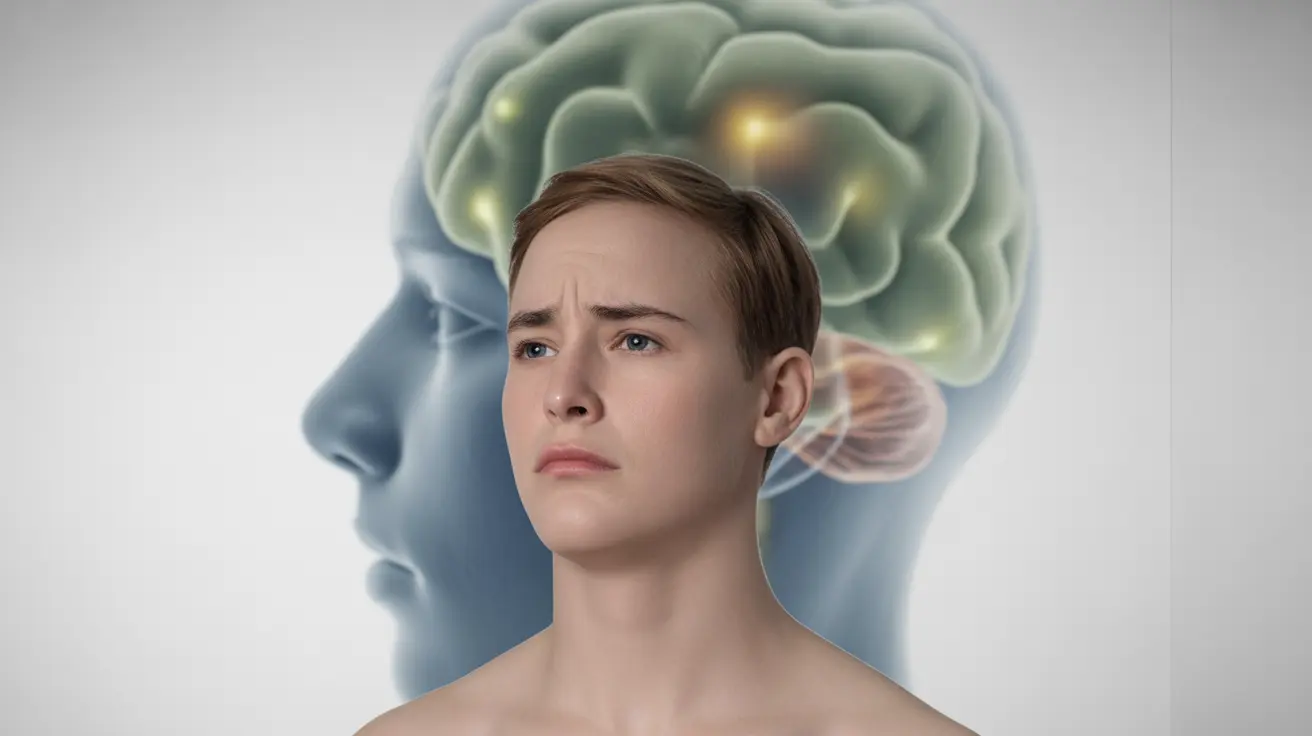Chronic tic disorder is a neurological condition characterized by persistent, repetitive movements or sounds that can significantly impact daily life. Unlike temporary tics that may come and go, chronic tic disorder involves tics that persist for more than a year, affecting both children and adults in varying degrees of severity.
Understanding this condition is crucial for proper diagnosis, management, and support for those affected. This comprehensive guide explores the key aspects of chronic tic disorder, including its symptoms, causes, and available treatment options.
Key Characteristics and Symptoms
Chronic tic disorder manifests through various motor and/or vocal tics that persist over time. Motor tics may include:
- Eye blinking
- Facial grimacing
- Head jerking
- Shoulder shrugging
- Arm or leg movements
These tics typically follow specific patterns and may worsen during periods of stress, anxiety, or excitement. While some people can temporarily suppress their tics, this often leads to increased discomfort and eventual release of the tic.
Distinguishing Features from Other Tic Disorders
Chronic tic disorder differs from other similar conditions in several key ways. Unlike Tourette syndrome, which involves both motor and vocal tics, chronic tic disorder may present with either motor or vocal tics, but not necessarily both. The persistence of symptoms for more than one year and their onset before age 18 are crucial diagnostic criteria.
Risk Factors and Causes
The exact cause of chronic tic disorder remains under investigation, but several factors contribute to its development:
- Genetic predisposition
- Neurological differences
- Environmental factors
- Stress and anxiety
- Developmental influences
Research suggests that imbalances in brain neurotransmitters and circuits may play a significant role in the development of tic disorders.
Treatment Approaches
Managing chronic tic disorder often requires a multi-faceted approach. Treatment options include:
Behavioral Interventions
Comprehensive Behavioral Intervention for Tics (CBIT) and habit reversal training are effective behavioral approaches that help individuals manage their tics through awareness and competing response training.
Medication Options
When tics significantly impact daily functioning, medications may be prescribed, including:
- Alpha-2 agonists
- Antipsychotic medications
- Other specialized medications based on individual symptoms
Supportive Therapies
Additional support may include:
- Psychological counseling
- Stress management techniques
- Educational accommodations
- Family support systems
Living with Chronic Tic Disorder
Many individuals with chronic tic disorder lead fulfilling lives with proper management strategies. Understanding triggers, maintaining consistent treatment approaches, and building a strong support network are essential elements for successful long-term management.
Frequently Asked Questions
What are the common symptoms and signs of chronic motor tic disorder?
Common symptoms include repetitive, involuntary movements such as eye blinking, facial grimacing, head jerking, and shoulder shrugging. These tics occur regularly and persist for more than one year.
How is chronic motor tic disorder different from Tourette syndrome?
Chronic motor tic disorder involves only motor tics or vocal tics, but not both simultaneously. Tourette syndrome, on the other hand, requires the presence of both motor and vocal tics for diagnosis.
What causes chronic motor tic disorder and who is most at risk?
The condition's exact cause is unknown but likely involves a combination of genetic factors, brain chemistry, and environmental influences. Children under 18 are most commonly affected, with symptoms typically appearing between ages 4-8.
What treatment options are available for managing chronic motor tic disorder?
Treatment options include behavioral therapy (such as CBIT), medications (including alpha-2 agonists and antipsychotics), and supportive therapies. The approach is often individualized based on symptom severity and impact on daily life.
Can chronic motor tic disorder improve or resolve over time, and what is the typical outlook?
Many individuals experience improvement in their symptoms over time, particularly as they enter adulthood. While some may continue to experience tics, proper management strategies can help minimize their impact on daily life, leading to positive long-term outcomes.




